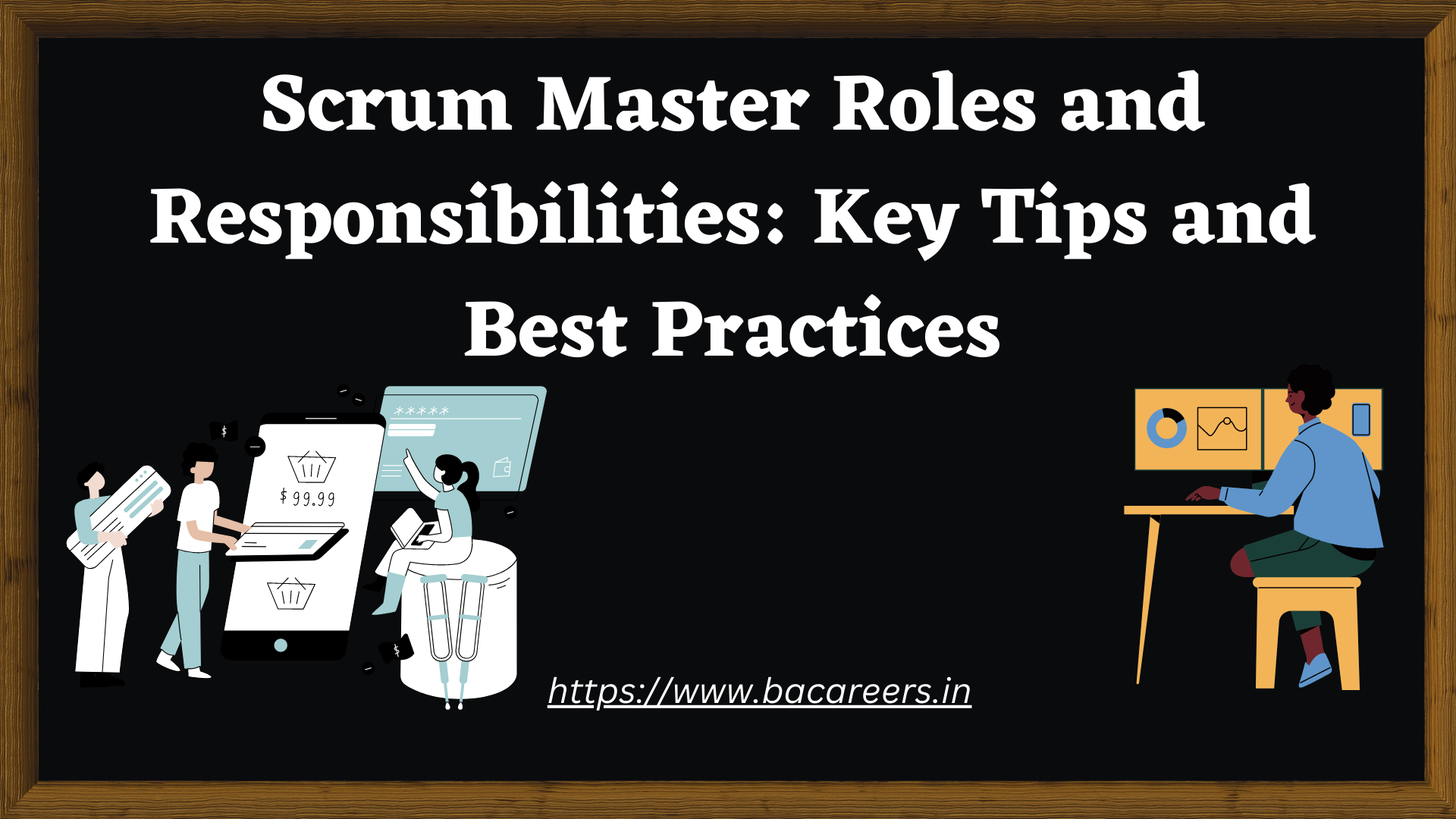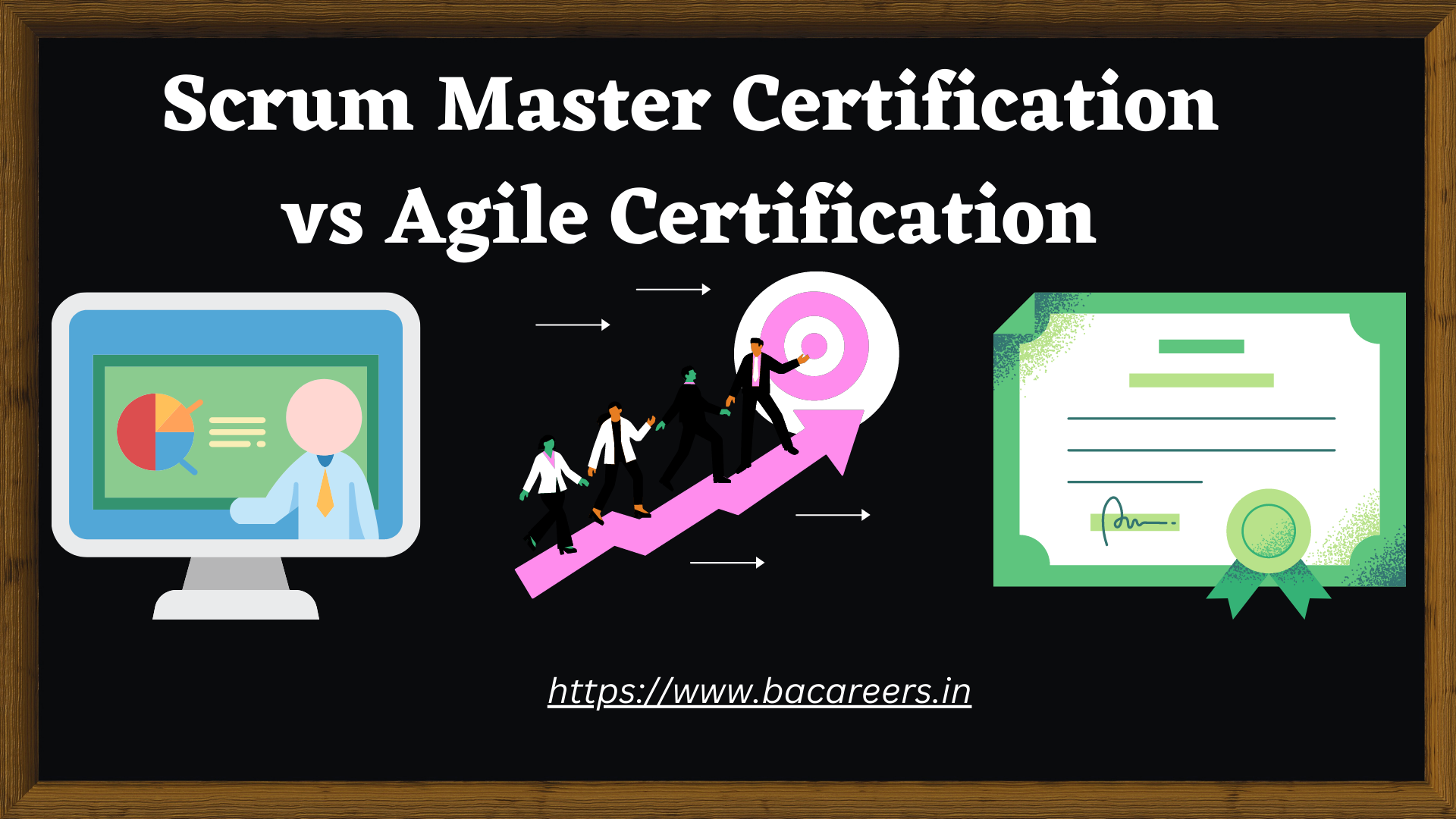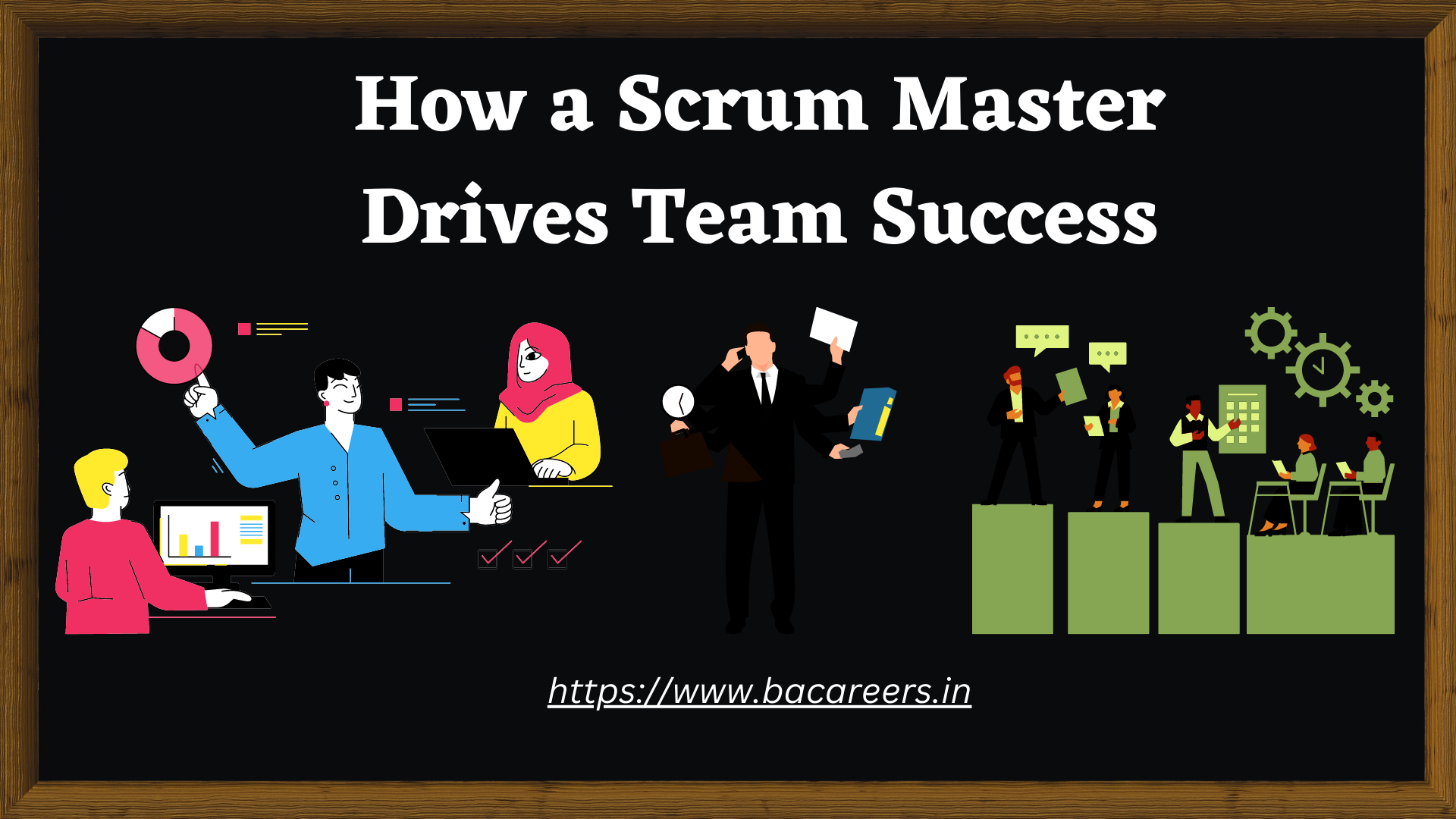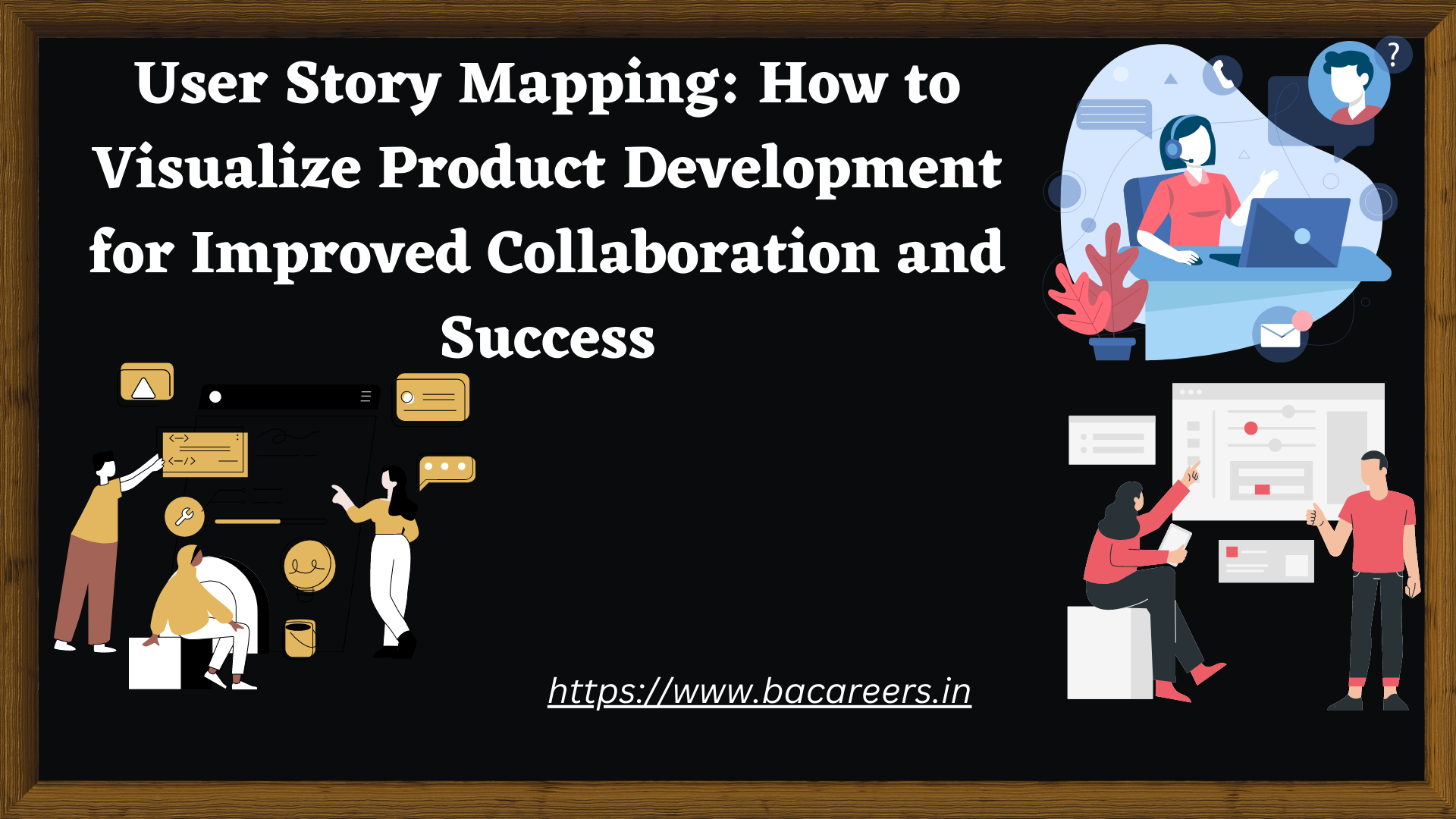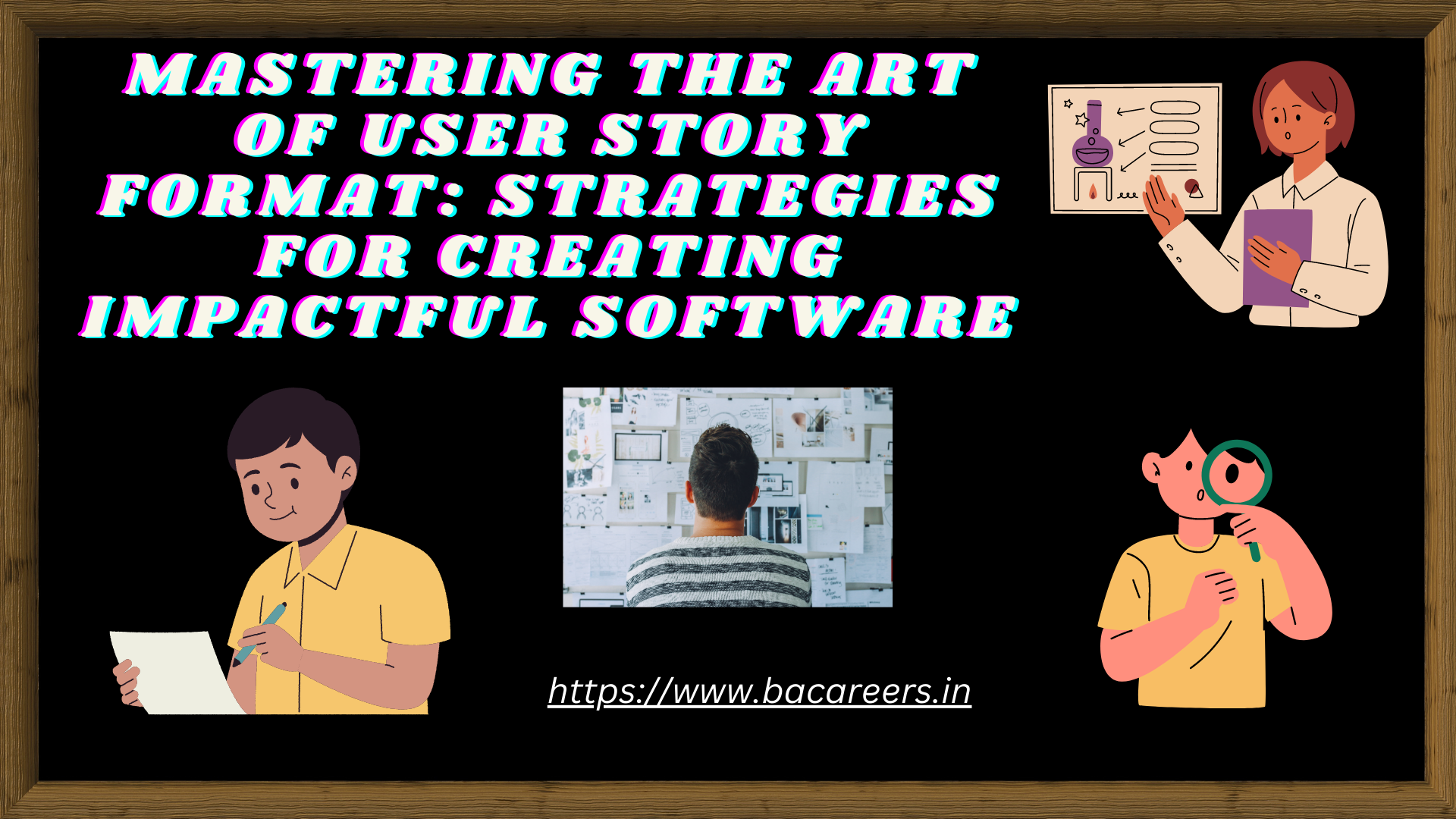From Start to Finish: How the Waterfall Model Ensures Seamless Project Delivery
Are you tired of projects that seem to drag on forever, with no end in sight? Look no further than the tried-and-true Waterfall model. In the fast-paced world of project management, the Waterfall model has been a staple for ensuring seamless project delivery. From start to finish, this linear approach breaks down complex projects into manageable stages, allowing for meticulous planning and execution. With a clear set of steps and predictable outcomes, the Waterfall model provides a roadmap that keeps teams on track and ensures timely project completion. By following a systematic flow, from requirements gathering and analysis to design, development, testing, and deployment, the Waterfall model eliminates the guesswork and promotes efficient collaboration. So, if you’re ready to bid farewell to project delays and hello to smooth project delivery, it’s time to dive into the world of the Waterfall model. Let’s explore how this methodology can transform your project management process and bring your projects to successful completion, every time.

Topics Covered :
Phases of the Waterfall Model
Requirements Gathering and Analysis
Design and Planning
Implementation and Development
Testing and Quality Assurance
Deployment and Delivery
Advantages of the Waterfall Model
Limitations of the Waterfall Model
Best practices for implementing the Waterfall Model
Case studies showcasing successful project delivery using the Waterfall Model
Conclusion
Phases of the Waterfall Model
The Waterfall model consists of several distinct phases that guide the project from inception to completion. Each phase builds upon the previous one, forming a cascading flow, hence the name “Waterfall.” Let’s delve into each phase and understand its significance in ensuring seamless project delivery.
Requirements Gathering and Analysis
The first phase of the Waterfall model is requirements gathering and analysis. This crucial step involves engaging stakeholders, understanding their needs, and defining project requirements. Through interviews, surveys, and workshops, project managers collect information and document it in a comprehensive requirement specification document. This document acts as a blueprint for the entire project, ensuring that everyone involved has a clear understanding of what needs to be achieved.
During the analysis phase, project managers analyze the gathered requirements, identifying potential risks, constraints, and dependencies. This careful analysis helps in the identification of project milestones and facilitates effective resource allocation. By thoroughly understanding the project requirements and potential challenges, project teams can plan and allocate resources efficiently, setting the stage for successful project delivery.
Design and Planning
Once the requirements are gathered and analyzed, the next phase of the Waterfall model is design and planning. This phase focuses on translating the requirements into a detailed design that outlines the project’s architecture, modules, and components. Designers and architects collaborate to create a blueprint that serves as a guide for development and implementation.
During the planning stage, project managers create a detailed project plan, outlining the timeline, resource allocation, and dependencies. This plan serves as a roadmap for the project team, ensuring that everyone is aligned and aware of their roles and responsibilities. By investing time in meticulous design and planning, the Waterfall model enables teams to identify potential bottlenecks and address them proactively, minimizing the risk of delays during the later stages of the project.
Implementation and Development
With the requirements gathered, analyzed, and the design in place, it’s time for implementation and development. This phase involves the actual coding and development of the project, bringing the design to life. Developers work closely with the design team to ensure that the project is implemented according to the specifications outlined in the design phase.
The Waterfall model promotes a structured approach to development, where each module is built sequentially, following the predetermined project plan. This sequential development process allows for better control and monitoring, ensuring that each module is thoroughly tested before moving on to the next. By breaking down the project into manageable components, the Waterfall model promotes efficiency and minimizes the risk of errors or rework.
Testing and Quality Assurance
Once the implementation and development phase is complete, it’s time for testing and quality assurance. This critical phase ensures that the project meets the defined requirements and functions as intended. Testers meticulously examine each module, conducting various tests to identify any defects or inconsistencies.
The Waterfall model emphasizes thorough testing at each stage, with dedicated testers focusing on different aspects, such as functionality, performance, security, and user experience. By conducting comprehensive testing, project teams can identify and address any issues early on, minimizing the risk of costly rework or project delays. The Waterfall model’s sequential flow allows for an organized and systematic approach to testing, ensuring that all modules are thoroughly vetted before proceeding to the next phase.
Deployment and Delivery
The final phase of the Waterfall model is deployment and delivery. Once the project has been thoroughly tested and meets the defined requirements, it is ready for deployment. Project teams work together to deploy the project in the production environment, ensuring a smooth transition from development to the live system.
During the deployment phase, project teams provide support and training to end-users, ensuring a seamless adoption of the new system. This phase also involves conducting user acceptance testing, where end-users validate the project’s functionality and provide feedback. By involving end-users in the testing and deployment process, the Waterfall model promotes user satisfaction and reduces the risk of post-deployment issues.
Advantages of the Waterfall Model
The Waterfall model offers several advantages that contribute to seamless project delivery. Let’s explore some of the key benefits of adopting this methodology:
Clear Project Roadmap
One of the primary advantages of the Waterfall model is its clear project roadmap. The linear flow of the model provides a well-defined path from start to finish, ensuring that project teams have a clear understanding of the project’s scope, requirements, and deliverables. This clear project roadmap minimizes the risk of scope creep and keeps the project on track.
Predictable Outcomes
Another advantage of the Waterfall model is predictable outcomes. Since each phase is completed before moving on to the next, project teams can accurately estimate timelines and resource requirements. This predictability allows for better planning and resource allocation, reducing the risk of delays and budget overruns.
Efficient Collaboration
The Waterfall model promotes efficient collaboration among project teams. By breaking down the project into distinct phases, teams can work in parallel, focusing on their specific tasks and responsibilities. This promotes efficient use of resources and encourages collaboration, as teams have a clear understanding of their role within the project.
Thorough Documentation
The Waterfall model emphasizes documentation at each stage of the project. From requirements gathering to design, development, testing, and deployment, project teams document their progress and decisions. This thorough documentation serves as a reference point and helps in knowledge transfer, ensuring that project knowledge is captured and preserved.
Limitations of the Waterfall Model
While the Waterfall model offers numerous advantages, it is important to acknowledge its limitations. Let’s explore some of the common challenges associated with this methodology:
Lack of Flexibility
One of the main limitations of the Waterfall model is its lack of flexibility. Once a phase is complete, it is difficult to revisit and make changes without impacting the subsequent phases. This lack of flexibility can be problematic when requirements change or new information is discovered during the project’s lifecycle.
Limited Client Involvement
The Waterfall model often limits client involvement until the later stages of the project. Since the project follows a sequential flow, clients may not have a clear understanding of the project’s progress until the final deliverable is presented. This limited client involvement can lead to misalignment and potential rework if the client’s expectations are not met.
Higher Risk of Scope Creep
Due to the sequential nature of the Waterfall model, there is a higher risk of scope creep. If project requirements change or evolve during the implementation phase, it can be challenging to accommodate these changes without impacting the project timeline and budget. This can lead to additional costs and delays.
Best practices for implementing the Waterfall Model
To maximize the benefits of the Waterfall model and mitigate its limitations, consider the following best practices:
Thorough Requirements Gathering
Invest time and effort in gathering and analyzing project requirements. Engage stakeholders early on and ensure a clear understanding of their needs and expectations. Thorough requirements gathering sets the foundation for a successful project.
Effective Communication
Promote effective communication among project teams. Regularly update stakeholders on project progress and involve them in key decision-making processes. Effective communication ensures that everyone is aligned and reduces the risk of miscommunication or misunderstandings.
Flexibility within Phases
While the Waterfall model may not allow for flexibility between phases, it is important to introduce flexibility within each phase. Encourage an iterative approach, where teams can refine and improve their work before moving on to the next phase. This allows for continuous improvement and reduces the risk of costly rework.
Continuous Testing and Quality Assurance
Emphasize continuous testing and quality assurance throughout the project. Conduct regular reviews and tests to identify and address any issues early on. By catching and resolving issues early, you can minimize the risk of delays and ensure a high-quality end product.
Case studies showcasing successful project delivery using the Waterfall Model
Let’s take a look at some real-life case studies that highlight the successful implementation of the Waterfall model in various industries:
Case Study 1: Software Development
A software development company used the Waterfall model to develop a complex enterprise application for a client. By following a systematic flow, the project team successfully delivered the application within the agreed timeline and budget. Thorough requirements gathering and analysis ensured that the project team had a clear understanding of the client’s needs, resulting in a high-quality end product.
Case Study 2: Construction Project
A construction company adopted the Waterfall model for a large-scale infrastructure project. The clear project roadmap and predictable outcomes allowed the project team to plan and allocate resources efficiently. The sequential flow of the Waterfall model ensured that each phase was completed before moving on to the next, minimizing the risk of delays. The project was delivered on time, meeting all the client’s requirements.
Case Study 3: Marketing Campaign
A marketing agency used the Waterfall model to execute a comprehensive marketing campaign for a client. By following a structured approach, the project team successfully executed each phase, from campaign planning to execution and measurement. The Waterfall model’s clear project roadmap and thorough documentation allowed for effective collaboration and seamless project delivery.
Conclusion
The WaterfallModel continues to be a reliable methodology for ensuring seamless project delivery. By breaking down complex projects into manageable stages and following a systematic flow, teams can plan, execute, and deliver projects with efficiency and predictability. While the WaterfallModel may have its limitations, adopting best practices and leveraging its advantages can help project managers navigate the challenges and bring projects to successful completion. So, if you’re tired of project delays and want to embrace a methodology that promotes efficiency, consider diving into the world of the WaterfallModel. With its clear roadmap and predictable outcomes, you’ll bid farewell to endless projects and hello to seamless project delivery.
Related Articles :
- The Main Difference Between Agile and Waterfall Project Management
- Agile vs Waterfall or Difference between waterfall and Agile
- Difference between Waterfall and Agile Methodologies
- What is Waterfall Methodology in SDLC? Advantages and …

Business Analyst , Functional Consultant, Provide Training on Business Analysis and SDLC Methodologies.


